Food scraps, animal manure, agricultural waste, and sewage are all organic materials you can decompose to create biogas. This biogas production process is sustainable and eco-friendly.
In an oxygen-free environment, a naturally occurring biological process known as anaerobic digestion produces biogas. Bacteria that do not require oxygen to thrive produce CO2 and methane when they decompose organic materials. While this process is analogous to organic matter decomposition in wetlands or landfills, biogas production systems regulate and control it to increase gas yield while decreasing environmental impacts.
Here’s what you should know about biogas production:
Process of production
The natural process of anaerobic digestion, in which microbes decompose organic materials without oxygen, results in biogas. This process takes place in an enclosed system known as a digester.
Renewable Energy Source
The biodegradable and plentifully replenishable organic resources used to create biogas qualify it as a renewable energy source.
Composition
CO2 and methane make up the bulk of biogas, with trace quantities of ammonia, nitrogen, and hydrogen sulfide also present.
Advantages to the environment
By reusing methane, a powerful greenhouse gas that would have been released into the air during the breakdown of organic waste, biogas production contributes to reducing greenhouse gas emissions.
Applications
Biogas is a viable alternative to more conventional cooking fuels like charcoal or firewood in certain areas.
Biogas has the potential to be upgraded into biomethane, a more potent form of methane, and then used as a natural fuel for automobiles.
Industrial processes, water heating, and space heating are examples of biogas’s many direct heating applications.
The combustion of biogas in an engine connected to a generator or gas turbine can produce power.
Digesters
Anaerobic digesters of a wide range of designs and sizes help produce biogas. Fixed-dome digesters, continuous stirred-tank digesters, batch digesters, and fixed-dome digesters are a few of the most common types.
Economic Viability
Factors such as infrastructure for biogas usage, energy costs, feedstock availability, and government incentives determine the economic sustainability of biogas projects.
Digestate
This is a byproduct of anaerobic digestion. You can apply digestate to improve soil health and close the nutrient loop, which is rich in nutrients, as a fertilizer for crops.
Challenges
To reap the benefits of biogas production, we must overcome challenges such as the need for regulations and supportive policies, technical complexity, high initial investment, and feedstock variability.
Upgrading biogas
Purified biomethane, which is ideal as a transportation fuel or injected into the natural gas grid, is the product of upgrading biogas to eliminate contaminants like hydrogen sulfide and carbon dioxide.
Biogas adds to a greener and more efficient energy system. This is done by providing a long-term answer to climate change mitigation, energy generation, and waste management.
How is biogas made?
Anaerobic digestion, which does not use oxygen, is the process that produces biogas. Here’s how it functions:
Collection of feedstock
The collected organic elements include things like animal manure, food waste, agricultural residues, and sewage sludge. An abundance of organic compounds is present in these materials.
Preparation
Processing the gathered feedstock to make it digestible is a common practice. It may be necessary to shred, chop, or grind the material to make it easier for microbes to work.
Digestion
In a digester, which is a sealed container, anaerobic microorganisms decompose the prepared organic material without oxygen. Biogas is a byproduct of this procedure.
Anaerobic digestion process
Through a cascade of metabolic events, microbes within the digester break down complex organic molecules into simpler chemicals. Anaerobic digestion primarily consists of four stages:
This is where complex organic molecules break down from fats, proteins, and carbohydrates to simpler ones, such as fatty acids, amino acids, and sugars when they undergo hydrolysis.
Acidogenic bacteria perform further metabolism on hydrolysis byproducts. This results in the production of alcohols, volatile fatty acids, and other organic acids.
Acetogenic bacteria convert the alcohols and organic acids into CO2, hydrogen, and acetate.
Methanogenic archaea produce methane, the principal component of biogas, from CO2, hydrogen, and acetate. We then use the collected methane as a sustainable energy source.
Collecting and storing biogas
A storage tank or gas holder will help capture and store the biogas produced during anaerobic digestion. Most biogas comprise CO2, methane, and a few other gases.
Use
Biogas has multiple potential uses, such as transportation fuel, heating, or power generation. Biomethane is the result of purification and compression. After that, you can use it as a transportation fuel or inject it into the natural gas system. Alternatively, burn it directly in an engine or boiler to provide mechanical power or heat.
In general, producing biogas is an eco-friendly and long-term solution to the problems of pollution and greenhouse gas emissions. It also turns organic waste into a valuable energy source.
The biggest source of biogas
Organic waste is the primary ingredient in biogas. Others include:
Landfills
As organic waste breaks down without oxygen, landfills release methane gas. It is possible to collect this methane and turn it into biogas.
Wastewater Treatment Plants
Sewage treatment plants generate biogas as a byproduct of the anaerobic digestion process. This helps to treat sewage sludge.
Municipal Solid Waste
You can produce biogas from organic waste from restaurants, homes, and other city sources. Other common components include sewage sludge, yard waste, and food scraps.
Industrial Waste
Biogas production can occur from organic waste streams from several businesses, including distillers, breweries, and food processing.
Agricultural Waste
You can produce biogas in large quantities from animal manures, including those of poultry, pigs, and cows. Additional contributors include agricultural byproducts and crop waste.
Municipal solid waste and agricultural waste are the main drivers of biogas production worldwide. Government policies, economic conditions, and geographical location are only a few factors that might affect the weight of each source.
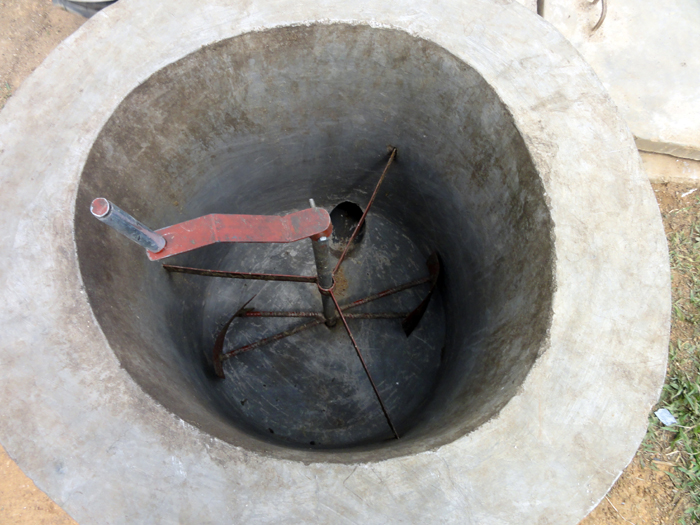 How viable is biogas?
How viable is biogas?
There are a number of reasons why biogas is a promising energy source:
Economic gains are achievable through biogas production by selling fertilizer, heat, electricity, and other products. The running and maintenance of biogas facilities is another potential area of employment growth.
- The Decrease of Greenhouse Gases
Producing biogas instead of releasing methane into the atmosphere during organic waste decomposition helps reduce emissions of greenhouse gases. Using biogas to power our vehicles can mitigate the environmental harm these pollutants cause.
Generating power, heating, and fueling transportation are just a few of the many uses for biogas. Its adaptability to various energy needs and applications results from its versatility.
As a locally produced energy source, biogas can help with energy independence. This enables communities to create their own energy independently of centralized power plants. This is especially important in rural regions with lots of organic waste and agricultural operations.
Biogas systems are a greener alternative to traditional methods of organic waste management. This is because they generate electricity from waste. This helps cut down on waste that ends in incinerators or landfills. For this reason, there’ll be a reduction in the amount of unpleasant smells and pollution that goes along with it.
Anaerobic digestion of organic materials, including food scraps, manure, agricultural waste, and sewage, results in biogas. Biogas is a sustainable energy source since you can constantly create it from these abundant and renewable materials.
Technology complexity, initial investment expenditures, and appropriate feedstock supply requirements are some obstacles connected with biogas production. Factors including system design, environmental conditions, and feedstock composition can also affect biogas production efficiency. A more sustainable energy future may be within reach, and biogas is a viable renewable energy option that might be a game-changer despite these obstacles.
Is biogas an eco-friendly fuel?
Yes, producing and using biogas correctly makes it an environmentally favorable fuel. Reasons include:
Decrease in air pollution
Burning biogas results in lower emissions of particular matter, nitrogen oxide, and sulfur dioxide into the air than conventional fuels like diesel or coal. In places where air pollution is a major problem, this can enhance air quality, which is good for people’s health.
Decreases fossil fuel dependency
When it comes to heating, power generation, and transportation, biogas can replace fossil fuels like gasoline and natural gas. One way to lessen our impact on the environment is to cut back on the usage of fossil fuels, which aren’t renewable, and increase our reliance on biogas as an alternative.
Decreases methane emissions
Methane is a powerful greenhouse gas; however, anaerobic digestion can cause its release into the atmosphere. Under anaerobic conditions, methane is a byproduct of organic matter decomposition. One way to reduce the effect of methane on climate change is to capture it through biogas production. After that, it’s used as fuel instead of released into the atmosphere.
Management of waste
One way to effectively manage organic waste streams is through biogas production. Anaerobic digesters can convert organic waste into biogas, a less harmful alternative to landfills and other environments that release methane and other greenhouse gases during decomposition. This aids in waste reduction and recycling while simultaneously lowering methane emissions.
Circular economy
One way to incorporate biogas generation into a circular economy model is to recycle and reuse waste materials in different operations. A more sustainable and effective system is possible by converting organic waste into biogas. This valuable energy resource originates from materials that would otherwise be discarded.
Renewable
Energy crops, sewage, animal manure, food scraps, agricultural waste, and other organic materials undergo anaerobic digestion to create biogas. Using renewable feedstocks makes biogas generation a viable option for the future.
How explosive is biogas?
Methane is the principal component responsible for biogas’s flammability. Its explosiveness is dependent on its composition. CO2 and methane make up the majority of biogas, with minimal quantities of other gases such as nitrogen and hydrogen sulfide and minor amounts of other volatile organic compounds.
When combined with air in the right proportions, biogas has the potential to be explosive and combustible. A number of variables, including the gas’s presence of other gases, pressure, purity, and temperature, affect biogas’s explosiveness. For instance, biogas becomes more explosive with higher methane concentrations. Contaminants like hydrogen sulfide can also alter the flammability qualities of biogas.
It is vital to take careful precautions regarding its ventilation, storage, and handling when handling biogas. This will help reduce the likelihood of an explosion occurring. Explosive-proof equipment, flame arrestors, and gas detectors are some of the safety measures that biogas facilities may utilize to minimize fuel usage risks.
When used correctly, biogas poses no health risks to humans. Biogas is an eco-friendly, renewable energy source. Its main components are CO2 and methane, with trace quantities of other gases such as hydrogen sulfide.
Nevertheless, you should follow specific safety measures, particularly in relation to biogas production and handling. For instance, specific biogas production procedures can result in biogas that contains significant levels of hydrogen sulfide. Inhaling large quantities of this gas can be poisonous and dangerous to humans. It is crucial to construct and maintain biogas production facilities appropriately to prevent the emission of methane.
Although biogas poses no inherent health risks to humans, take all necessary precautions. This is to guarantee the safety of individuals throughout its production, handling, and usage.
Does biogas burn without smoke?
In comparison to other fossil fuels, such as wood and coal, biogas burns with less pollution. This is because it is primarily methane with small amounts of CO2 and other gases—efficient combustion of biogas results in very little smoke.
When burned in an oxygen-rich environment, methane mainly releases water vapor and CO2 as emissions. Incomplete combustion can produce smoke and other pollutants. This can occur when there is an inadequate supply of oxygen or when the burning circumstances are not optimal. Proper combustion conditions are still required to ensure low emissions, even though biogas typically burns with less smoke than conventional fuels.
Does biogas slurry smell?
Various factors can affect the presence or absence of an odor in biogas slurry. This includes the management measures, the anaerobic digestion process, and the slurry’s composition. Anaerobic digestion of organic materials in biogas slurry.
Slurry aromas can be attributable, in part, to volatile organic molecules emitted during this process. A stronger and more disagreeable odor of spoiled eggs may also be present in the slurry. This will occur if it contains significant concentrations of specific substances, such as sulfur-containing minerals. You can reduce biogas slurry odors with the use of good management methods like managing materials correctly, controlling temperatures, and mixing thoroughly.
How long can biogas be stored?
How and under what circumstances you can store biogas determines how long you may keep it. There are a variety of methods for storing biogas, some of which are suitable for longer periods than others:
Low-pressure gas storage tanks or gas balloons are two simple ways to store biogas for short periods, usually a few hours to a few days. These storage methods will work well when biogas production is irregular or on a smaller scale.
Biogas often removes impurities like hydrogen sulfide and CO2 for long-term storage during its conversion to biomethane. The next step is to compress it into storage containers or inject the biogas into the existing natural gas pipeline. Depending on the gas’s purity and storage conditions, biomethane has a long storage life—weeks to months.
Maintenance of gas quality, gas composition, temperature, storage vessel material, and pressure impact the length of biogas storage. You can keep biogas for longer periods using well-designed and maintained storage systems.
Largest producer of biogas in the world?
Germany surpassed all other countries in terms of biogas production in January 2022. The German government’s emphasis on renewable energy and eco-friendly garbage disposal methods has propelled the country to the forefront in the production of biogas. It is best to double-check with the most recent data because the rankings can change after that. The US, China, and other countries have been major biogas producers.
Conclusion
Regardless of these benefits, biogas’s viability can differ based on factors such as market conditions, technology expenses, feedstock availability, and regulatory environments. Obstacles such as favorable incentives and policies, technical complexities, and high initial investment costs can impact the economic feasibility of biogas projects.
When included in larger waste management and energy plans, biogas shows great promise as a sustainable energy source and an alternative to traditional landfills. More research, improved technology, and supportive legislation are necessary for the widespread and profitable use of biogas worldwide.

 Sources of waste to biogas
Sources of waste to biogas
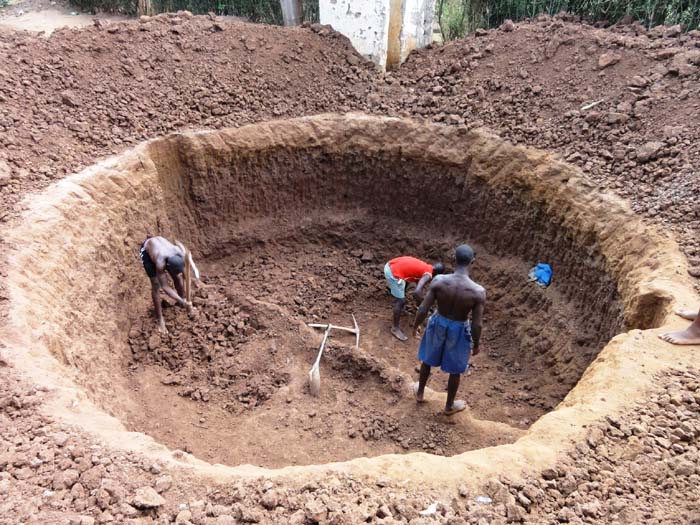
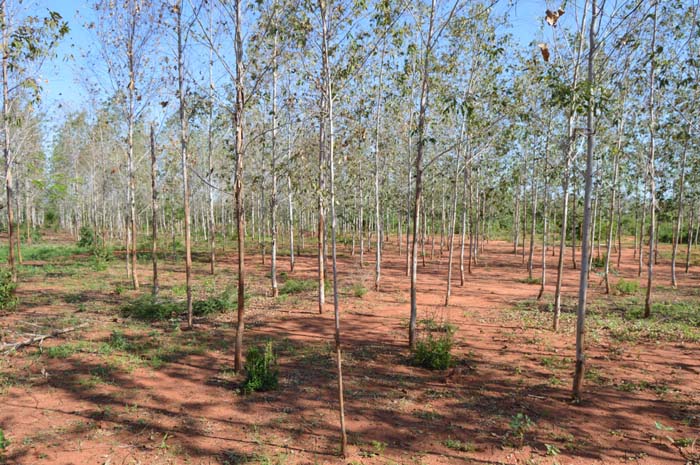
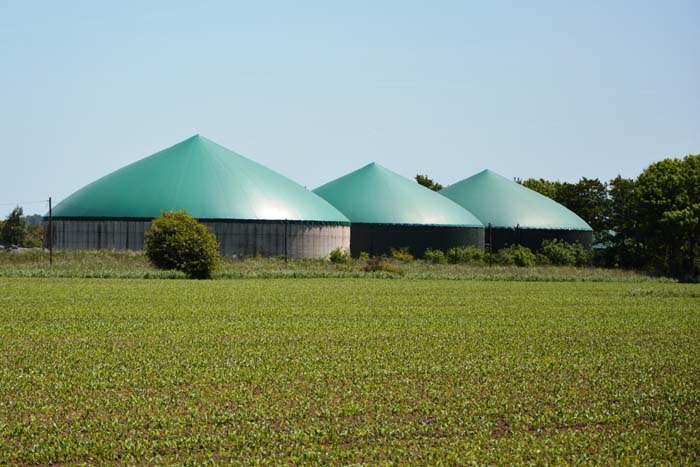 Innovation and Local Knowledge
Innovation and Local Knowledge


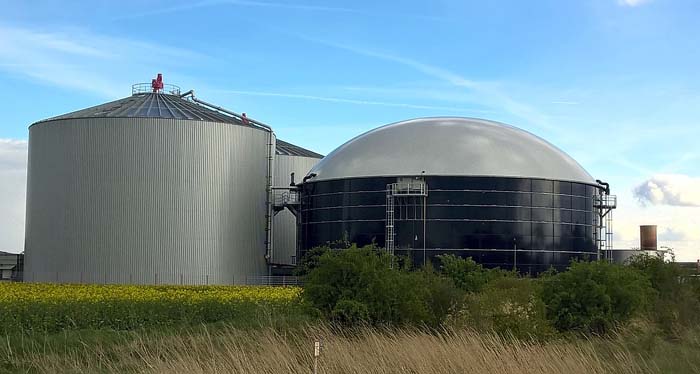

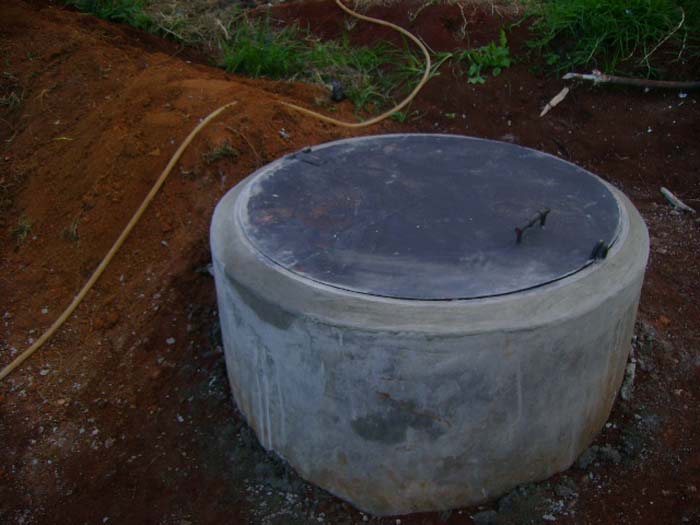
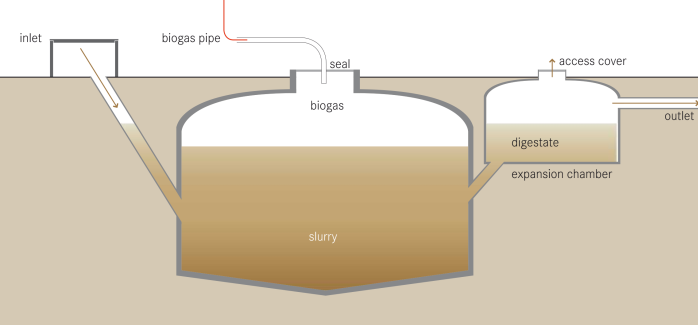
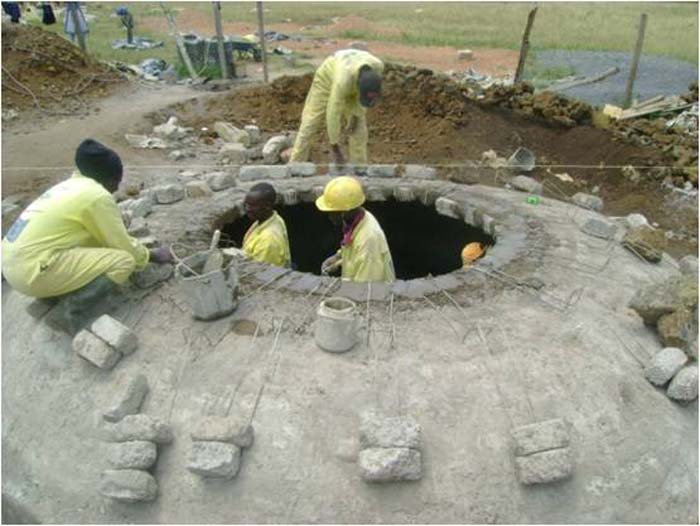 The benefits of installing biogas in schools
The benefits of installing biogas in schools